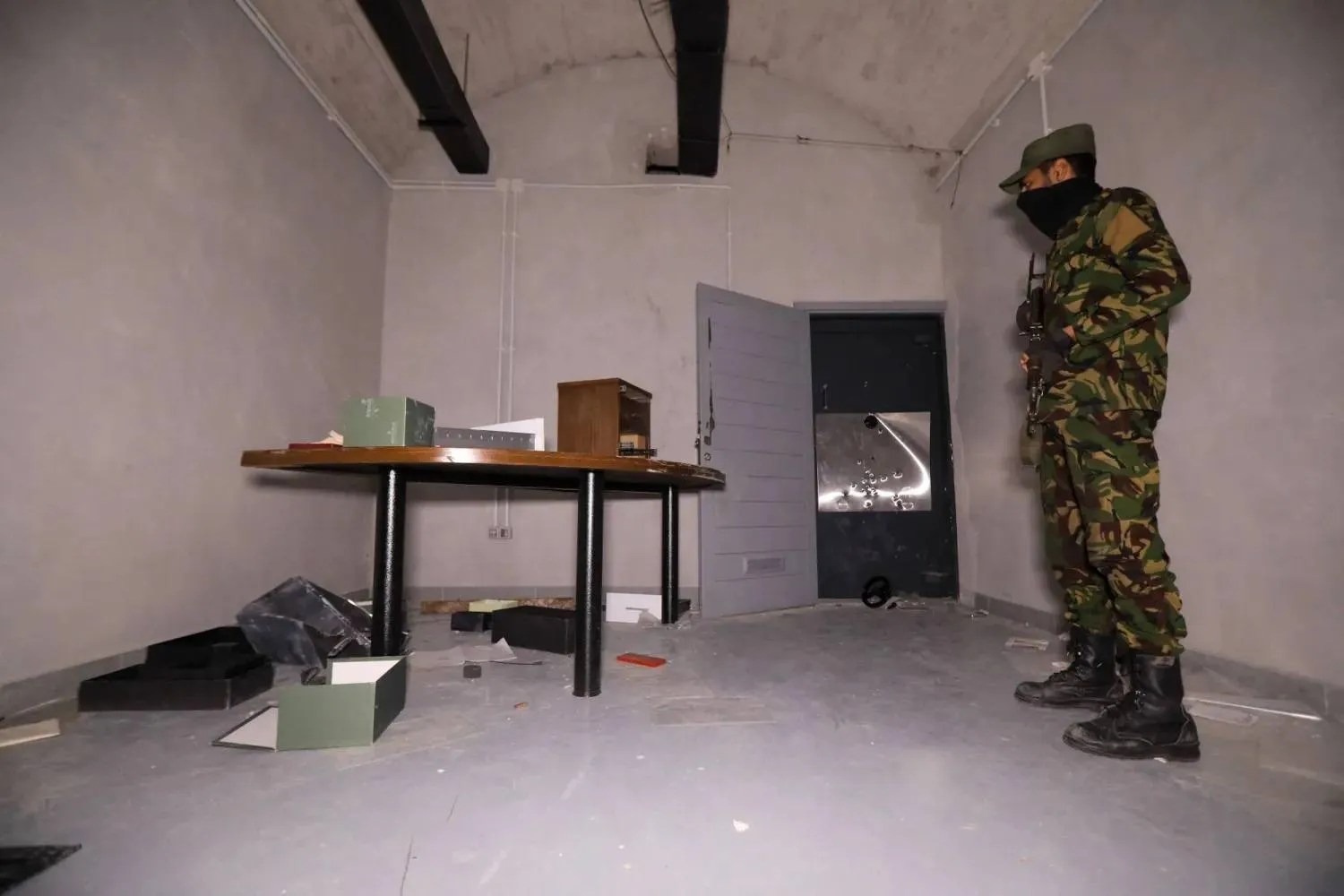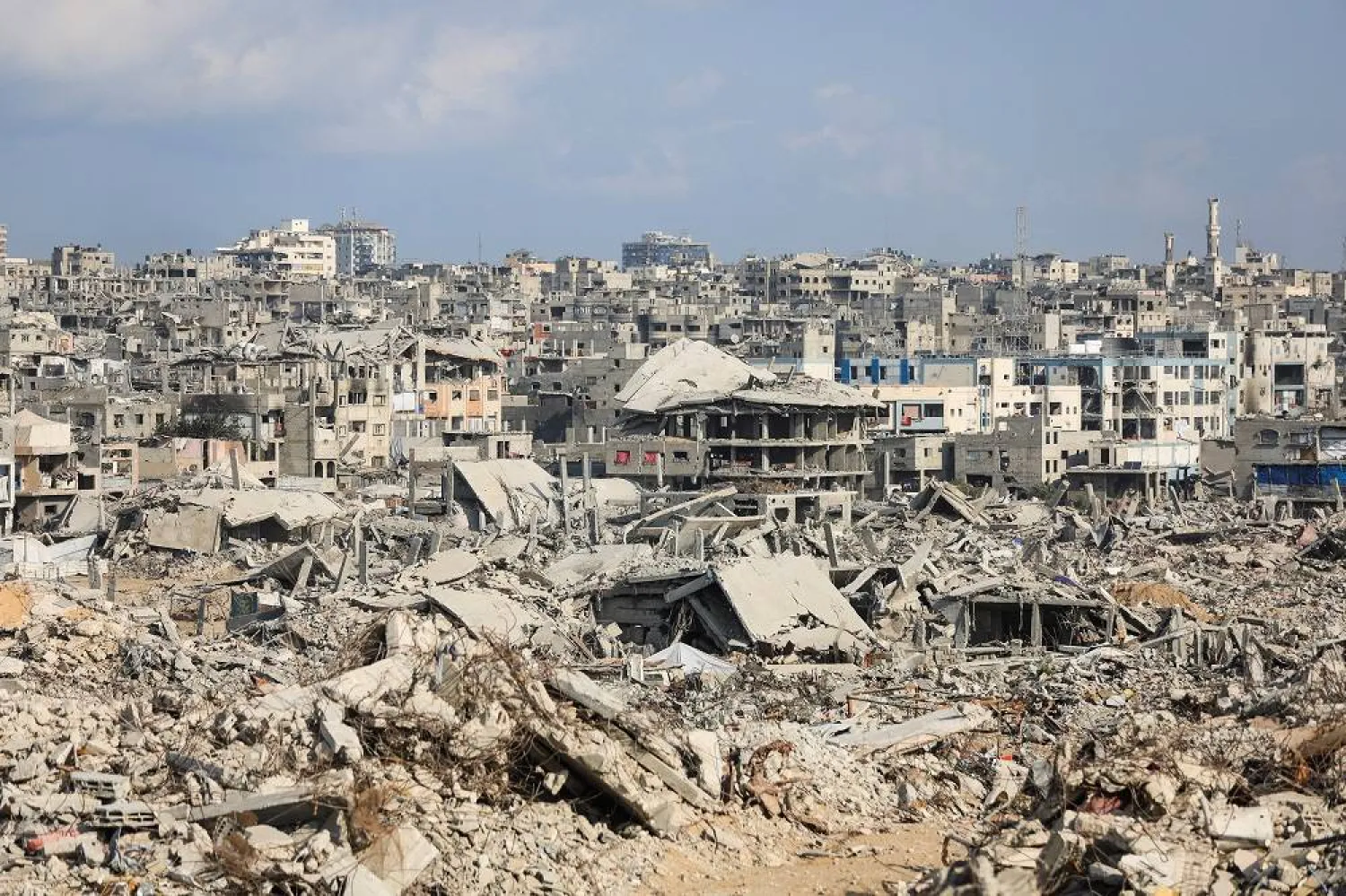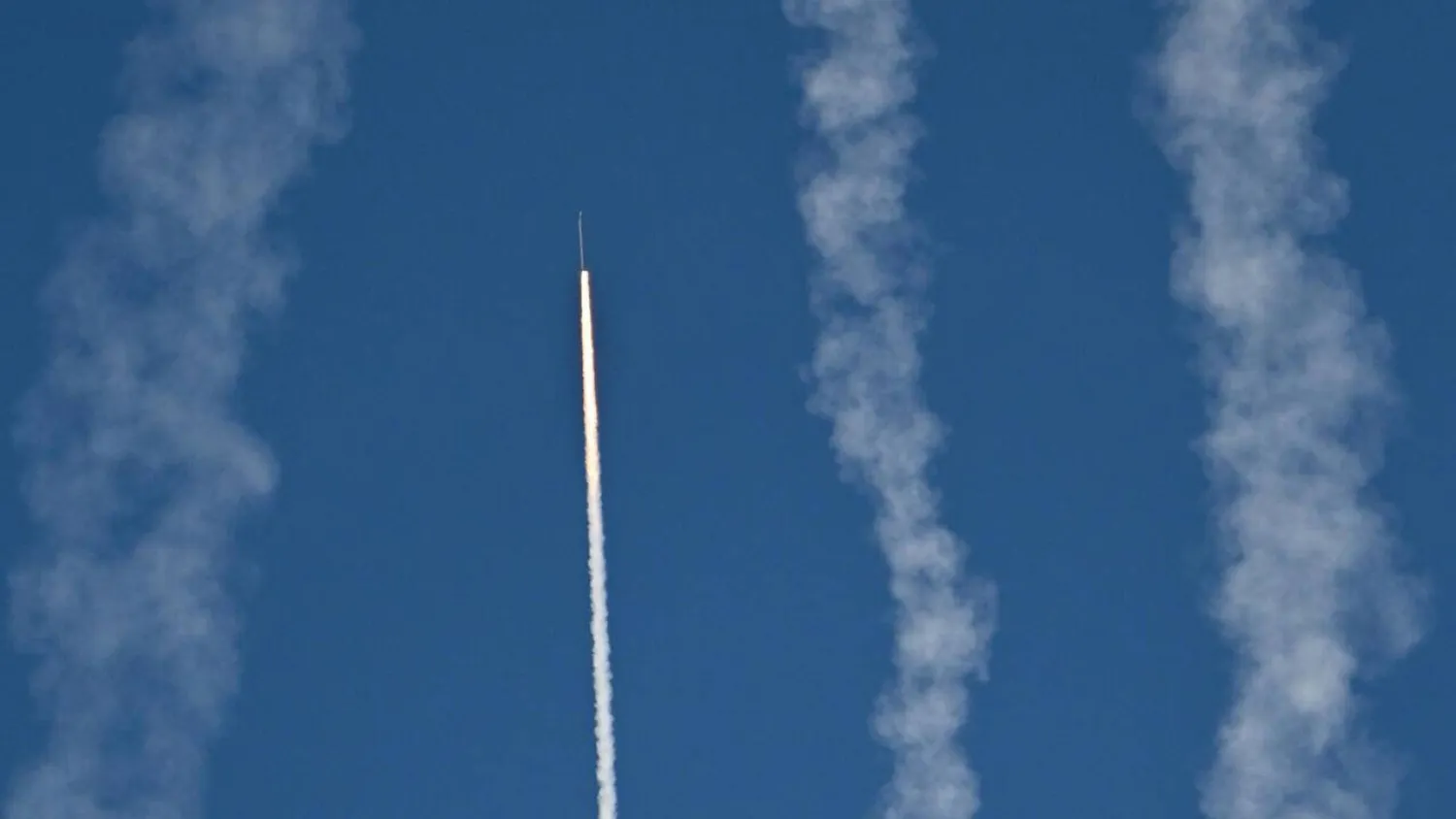The city of Sirte, located 450 km east of Tripoli, is preparing to host a meeting of Libyan representatives early next week, to give confidence to the government of Abdul Hamid Al-Dabaib.
While the confidence vote does not seem guaranteed in light of the great divisions among MPs, the mere holding of a parliamentary session in this city would be considered a success, given the significance of Sirte for large segments of the Libyan population.
The city was the scene of the defeat of the Italian invaders in 1915, the spoiled town during the long rule of Colonel Muammar Gaddafi, the scene of his fall as well, and the “capital” of the Libyan “ISIS”, in addition to being part of the “red line” drawn by the Egyptians during the Libyan fighting last year.
Sirte 1
The scheduled meeting of the Libyan representatives in Sirte, on Monday, comes as the city prepares to commemorate the Battle of Al-Ghardabiya in 1915.
Located near Sirte, Al-Ghardabiya was the arena of a decisive battle between the Libyan mujahideen and the Italian invaders in April 1915.
The Italians prepared to march towards the Fezzan region in southern Libya, seeking to retake areas from which they were expelled, such as Sebha and Murzuq. They were backed by soldiers from Abyssinia and Eritrea and by local fighters from Misrata, Tarhouna, and other Libyan regions.
On April 29, 1915, the battle of Al-Ghardabiya took place between the Libyans and the Italian forces, and ended in a resounding defeat for the latter side.
The Italians were forced to retreat, and their positions, in turn, fell into the hands of the Libyans. But the capital, Tripoli, remained under their control in addition to other sites on the coast.
Despite the defeat, the Italians repeated the attack when Mussolini came to power in Rome. The latter crowned his campaign by executing the leader of the Libyan Mujahideen, Omar al-Mukhtar, in 1931.
Sirte 2
Sirte was a spoiled city for Colonel Muammar Gaddafi during his long years in power that spanned from the Al-Fateh coup in September 1969 to his ousting in October 2011.
Gaddafi transformed Sirte - the stronghold of his Qadhadhfa tribe - from a small marginal town on the Libyan coast to a huge city, home to a number of state administrations and playing the role of the country’s second capital after Tripoli and sometimes before it.
The Libyan Parliament was established in the city after its transfer from Tripoli in the late 1980s. In the famous Ouagadougou Hall, in September 1999, the establishment of the African Union was announced, succeeding the Organization of African Unity.
Sirte has also hosted a number of important meetings and conferences, including the Arab Summit in 2010.
But just as the era of Gaddafi witnessed the rise of Sirte to the ranks of major cities, the Libyan leader’s fall in 2011 signaled its demise and the start of its marginalization, especially since it fought alongside Gaddafi until his last breath.
Sirte 3
ISIS and other militant organizations such as Ansar al-Sharia and al-Qaeda took advantage of the prevailing chaos after the toppling of the Gaddafi regime in 2011, to find a foothold in Libya.
The city of Derna, in the east of the country, was one of the strongholds of these groups, which later saw internal divisions over the Syrian conflict.
On the other hand, ISIS managed to seize a site no less important than Derna. After its expansion in 2014 in a number of Libyan regions, ISIS elements succeeded, in 2015, in entering the city of Sirte, which soon turned into the stronghold of the organization in Libya.
The terrorist organization has established in Sirte Sharia courts that apply its strict interpretation of Islamic teachings. While ISIS carried out executions of many Libyans opposed or convicted by its courts, its hideous massacres against Egyptian and Ethiopian Coptic citizens who were slaughtered in front of the camera lens sparked a wave of outrage not only in Libya, Egypt, and Ethiopia but also around the world.
ISIS’ control over a city the size of Sirte and its strategic location on the Libyan coast – at a short distance from the shores of southern Europe - raised the concern of European countries, who had begun to suffer from attacks organized by the terrorist movement, such as the bombings in Paris and Brussels in 2015 and 2016.
This Western concern led the United States and several European countries to engage in a broad campaign led by the Libyans to expel the organization from the city.
After months of fierce battles, the operation to expel ISIS ended in December 2016. The terrorist organization lost hundreds of fighters, between 800 and 900, according to US Army estimates, and between 2,000 and 2,500 fighters, according to local Libyan figures.
A Red Line Obstructs Sirte 4
In 2020, Sirte almost became a battlefield. In the spring of that year, the forces of the National Accord government, with Turkish military support and thousands of Syrian mercenaries, succeeded in changing the course of the battle in the west of the country, and obliged the forces of the National Army, led by Field Marshal Khalifa Haftar, to retreat from the gates of Tripoli and from the entire West.
Haftar’s forces withdrew eastward in the direction of Sirte on the coast and Jufrah in the center of the country, amid threats from the National Accord forces to pursue them to the east of the country.
Indeed, the forces, specifically those coming from the city of Misrata, advanced to the east and took control of sites on the outskirts of Sirte, but warplanes raided them and stopped their advance.
However, what actually stopped the new battle of Sirte was the “red line” drawn by Egyptian President Abdel Fattah El-Sisi from Sirte to Al-Jufrah, considering that breaching it would threaten Egyptian national security and would necessitate Egyptian military intervention in Libya.
In the fall of 2020, the warring Libyan parties declared a ceasefire, and after that, Sirte witnessed meetings of the military committees of the Libyan army that supported the National Accord government in the west of the country and the National Army in its east, amid US efforts to make it a demilitarized city, in which a security force is deployed with the consent of the two sides.
This time, Sirte will be an arena for a political battle that may contribute to sparing the country a new military confrontation. Will this be an opportunity for the city to regain its former “significance”, as Gaddafi wanted it to be?









